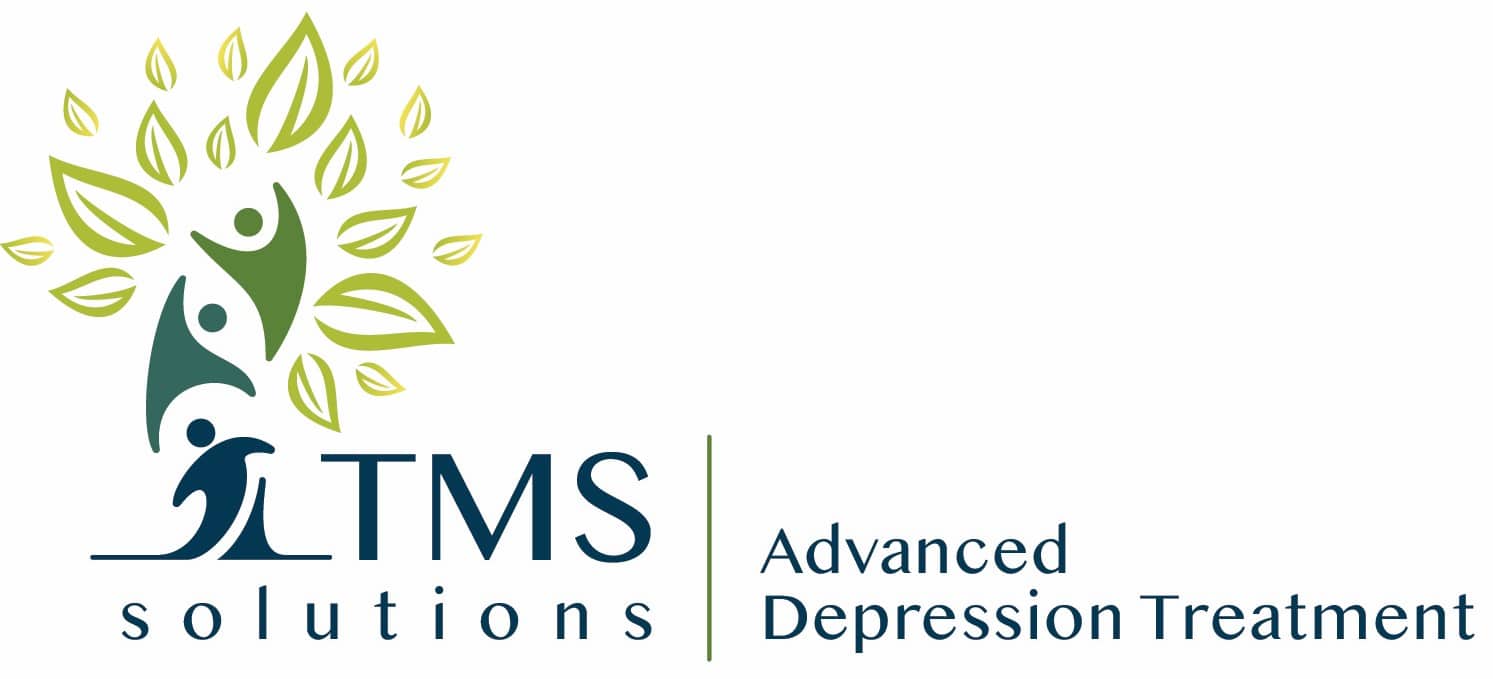TITLE
A Systematic Review and Meta-Analysis on the Use of Repetitive Transcranial Magnetic Stimulation for Spasticity Poststroke
SOURCE
Pm & R. 10(3):293-302, 2018 03.
AUTHORS
McIntyre A; Mirkowski M; Thompson S; Burhan AM; Miller T; Teasell R.
BACKGROUND
Spasticity is a common and potentially debilitating complication that develops after stroke, arising in approximately 30% of patients.
OBJECTIVE
To evaluate the effectiveness of repetitive transcranial magnetic stimulation (rTMS) in improving spasticity after stroke.
DESIGN
Meta-analysis and systematic review.
SETTING
Not applicable.
PATIENTS
A total of 273 poststroke (hemorrhagic = 123, ischemic = 150) participants were included with sample sizes ranging from 5 to 80. The majority of participants were male (66.0%) with a mean age ranging from 55.0 to 64.6 years. Mean stroke duration ranged from 6 months to 10 years.
METHODS
A literature search of multiple databases was conducted for articles published in English from January 1980 to April 2015 using select keywords. Studies were included if (1) the population included was >50% stroke patients; (2) the sample size included >=4 subjects; (3) the intervention applied was rTMS; and (4) upper extremity spasticity was assessed pre- and postintervention. Randomized controlled trials (RCTs) were assessed for methodologic quality with the Physiotherapy Evidence Database tool. All research designs were given a level of evidence according to a modified Sackett Scale.
MAIN OUTCOME MEASUREMENT
Modified Ashworth Scale (MAS).
RESULTS
Ten studies met the inclusion criteria: 2 RCTs (Physiotherapy Evidence Database scores 8-9) and 8 pre-post studies. Meta-analyses of primarily uncontrolled pre-post studies found significant improvements in MAS for elbow (P < .001), wrist (P < .001), and finger flexors (P < .001). However, a meta-analysis of the 2 available RCTs failed to find a significant rTMS treatment effect on MAS for the wrist (standardized difference = .34, P = .30).
CONCLUSIONS
There is limited available evidence to support the use of rTMS in improving spasticity poststroke. Despite the positive findings reported, better powered and appropriately controlled trials are necessary.


